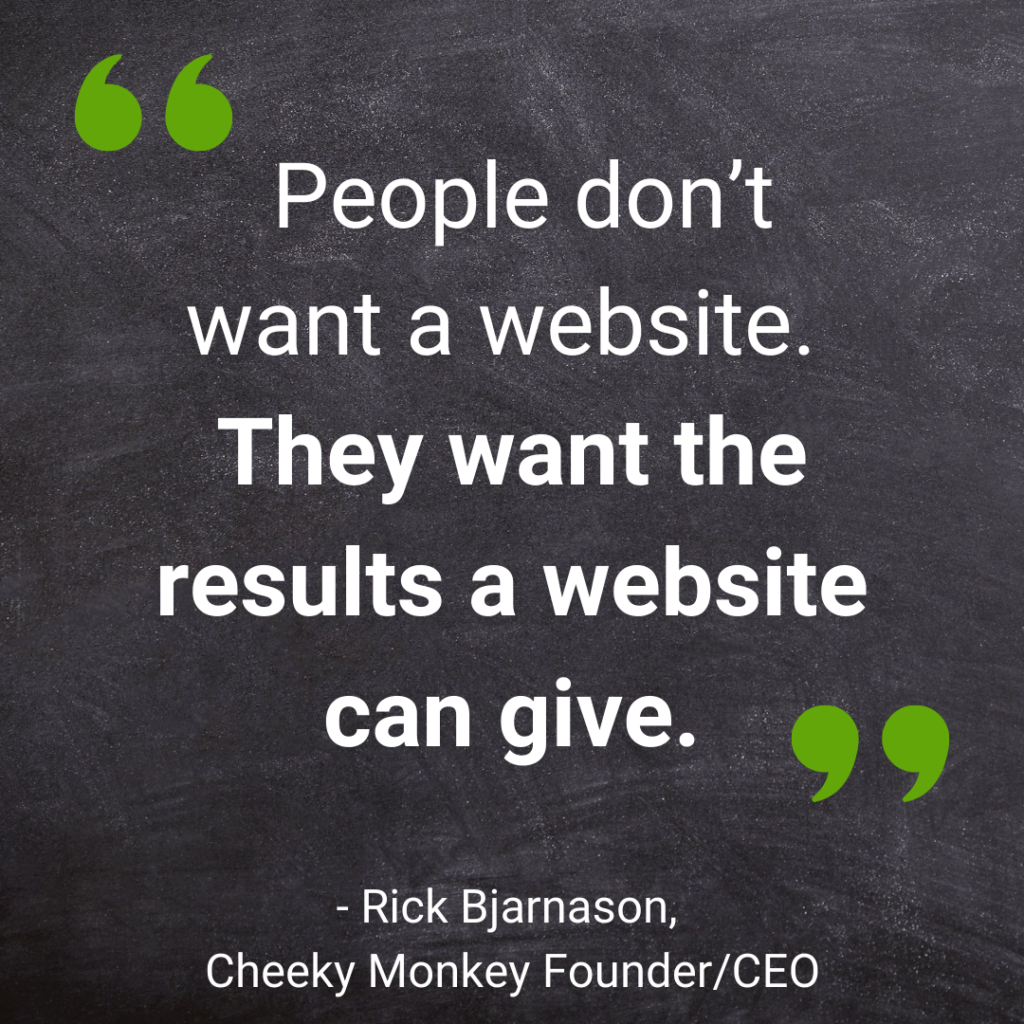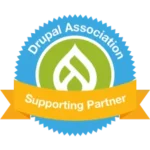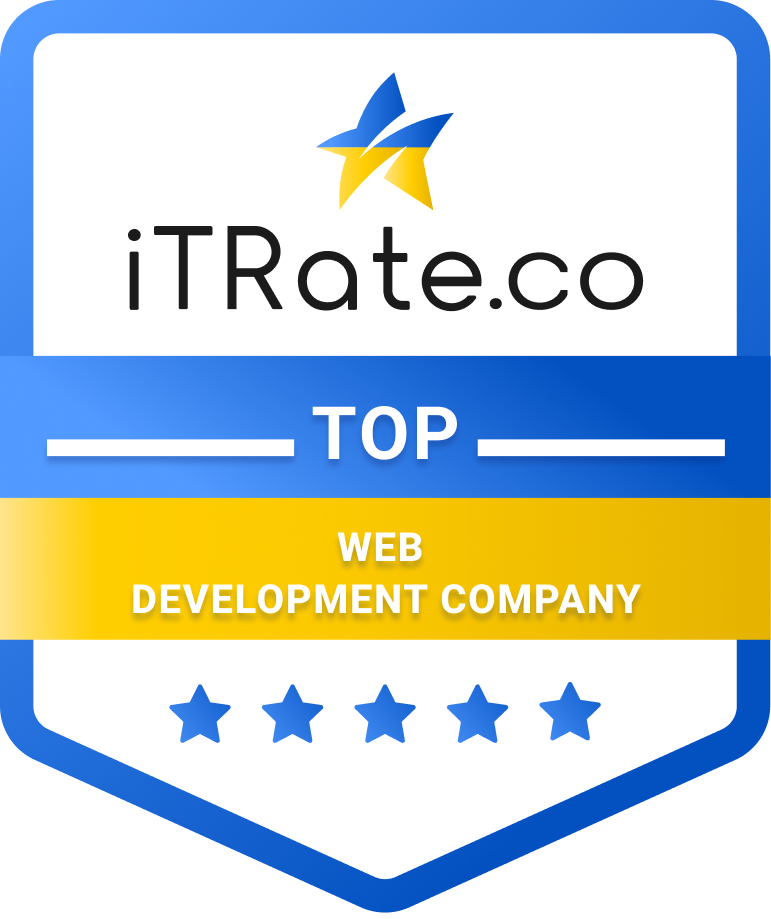No One Wants a Drill
“People want a hole in a wall, not a drill. The same goes for websites. People don’t want a website, they want the results a website can give.” And thus begins the story of why Cheeky Monkey Media is all in on WebOps. If you’re not already familiar with its proven approach to website evolution, we chat about WebOps shortly, so hang on.

The above analogy is from Cheeky Monkey Media’s Founder and CEO Rick Bjarnason, and how he understands the service needs of clients. He means that simply delivering clients a drill (aka a website) is a bad experience for them. Even showing them how to create the hole is not a good nor an intended experience. Instead, making the hole with them, even with their own drill, is a much better experience. (So, have we drilled that into you yet? Mmm, that pun just sets itself up.)
The average person or even the average IT person can’t manage their website alone. It’s not their specialty. They have other skills that keep their business running. The reality is that organizations typically need an internal web team to understand and manage the technical parts of a website.
However, Enterprise organizations typically have an IT team, not a web team. This has become a glaring hole in the industry, because leadership just wants results, and that’s not achieved by simply building a website. So, long ago when Cheeky Monkey was a young business in 2008, and before web maintenance services were really a thing, Rick asked himself the question: Why don’t we help people build AND manage their websites?
Challenges Become Opportunities
Back in the early days of web development, you’d take a project and silo it, then launch it and forget it. In talking with other agencies, Rick noticed it seemed like no one else had an interest in providing ongoing services or was thinking about that challenge and how it can be a business opportunity. “The traditional agency model meant feast or famine – those rollercoaster peaks and valleys and the painful growing pains, or worse yet, shrinking pains. And so we started doing web maintenance contracts. We even started doing them for other web agencies because they didn’t feel it was worth their time.”
“It became the biggest revenue generator. We were delivering exactly what clients wanted while keeping it within budget and within their needs and goals. In the end, everyone was profiting.”
Thinking From a Client’s Perspective
A marketer for a business might be given a $5,000 cap on spending each month. But their site might require so many improvements they feel like the only solution is a complete redesign. So they write multiple web redesign RFPs, review proposals, and spend over 200 hours in meetings over the course of a year, all to have it thrown away when an owner decides not to sign off on previously agreed-to project parameters.
However, that marketer had a $5,000/month budget. So what if they could spend that monthly budget and evolve the website into something better? They would have a drastically better website, be below budget, and would have wasted all that time with nothing to show for it. (Generally not the best way to build job security.)
Building Brick-by-Brick
With smart planning and collaboration with an expert web team, it’s possible to have an iterative version built, tested, and completed quickly, and within a small budget. It’s basically building a new website brick by brick. Smaller builds become easier to manage than one massive project. A lower monthly budget is easier to get sign-off on, so things actually get done. Plus, it allows for those ideas to be launched and tested quickly, allowing the project to pivot if necessary, without negative impacts on the budget.
Going Further Than Maintenance
Rick remembers, “Doing maintenance projects for clients allowed us to build a rapport with them, and stronger relationships grew. We became a trusted source for their website’s performance, which for some was their only online presence back then.”
So when Rick and the team asked what else Cheeky Monkey could do for clients based on our team’s skill sets, “we would help with their marketing projects, content calendars, website design, or special events that needed a landing page. The client’s internal marketing teams couldn’t build websites to support special events, and some clients didn’t even have an internal marketing team. But Cheeky Monkey became an extension of their marketing team, and/or their resource for marketing-driven projects.
Impact of COVID-19
Skip to summer 2020, when shutdowns and layoffs became more widespread due to the Covid-19 pandemic. Many businesses’ marketing dollars were cut back, which in turn impacted Cheeky Monkey’s planned projects. What options were left to us to keep the doors open? If no one was looking for web development help, what could we provide that would make sense?
What did make sense was for Cheeky Monkey to focus on our current client roster, helping them with smaller tasks like website maintenance, SEO improvements, and design changes. We also began to think more about offering maintenance services as our standard but in a more robust way. This was the twinkle in the eye of WebOps coming into the Cheeky Monkey fold.
Web Maintenance vs. WebOps
Website maintenance will always involve code: WCAG criteria, feature requests, and reactive vs proactive. Where WebOps differs is the strategic aspect. “WebOps is a set of practices to continually improve the effectiveness of a website through ongoing and methodical iterations over time.” With ongoing upgrades, measurement, testing, and iteration, the ability of a website to adapt quickly to market changes makes it a far more effective approach to digital marketing.
WebOps is looking for specific outcomes. Going back to the drill vs the hole angle, web maintenance ensures that the drill is working well, while WebOps is the activity that makes the hole.
“We would put together an event site with the goal to raise $50k – that’s WebOps. Those are the types of projects that get CMOs and department heads more high-level business and exposure.” Rick’s emphasis on holistic business strategy is part of why Cheeky Monkey is all in on WebOps. With our partner Pantheon, we’re shouting it from the rooftops, and trust that organizations will quickly realize that WebOps focuses on making your website the highest driving ROI asset it should be.
There are several key benefits Cheeky Monkey can offer clients through the WebOps process: consistent planning and budgeting, and a team of skilled marketers, designers, and developers. One other unique advantage Cheeky has is our Project Managers double down with UX designations. Internally, businesses would not be able to afford these skills full-time. Clients also benefited from the collaboration that both sides could offer.
Building on Promises
Why is WebOps so good for most web projects? “It solves staffing issues and avoids a feast or famine scenario for each of our departments, as well as our clients,” Rick explains. “Everything we do is a promise. It’s only possible to deliver on our promises when we have an accurate view and forecast to see the future.” Not crystal ball future casting, but that consistent revenue allows for growth and expansion. WebOps enables us and our clients to do just that. And that’s why we’re all in with it.
Download our WebOps eBook for a crash course on the process, and see if it’s right for your web projects.




